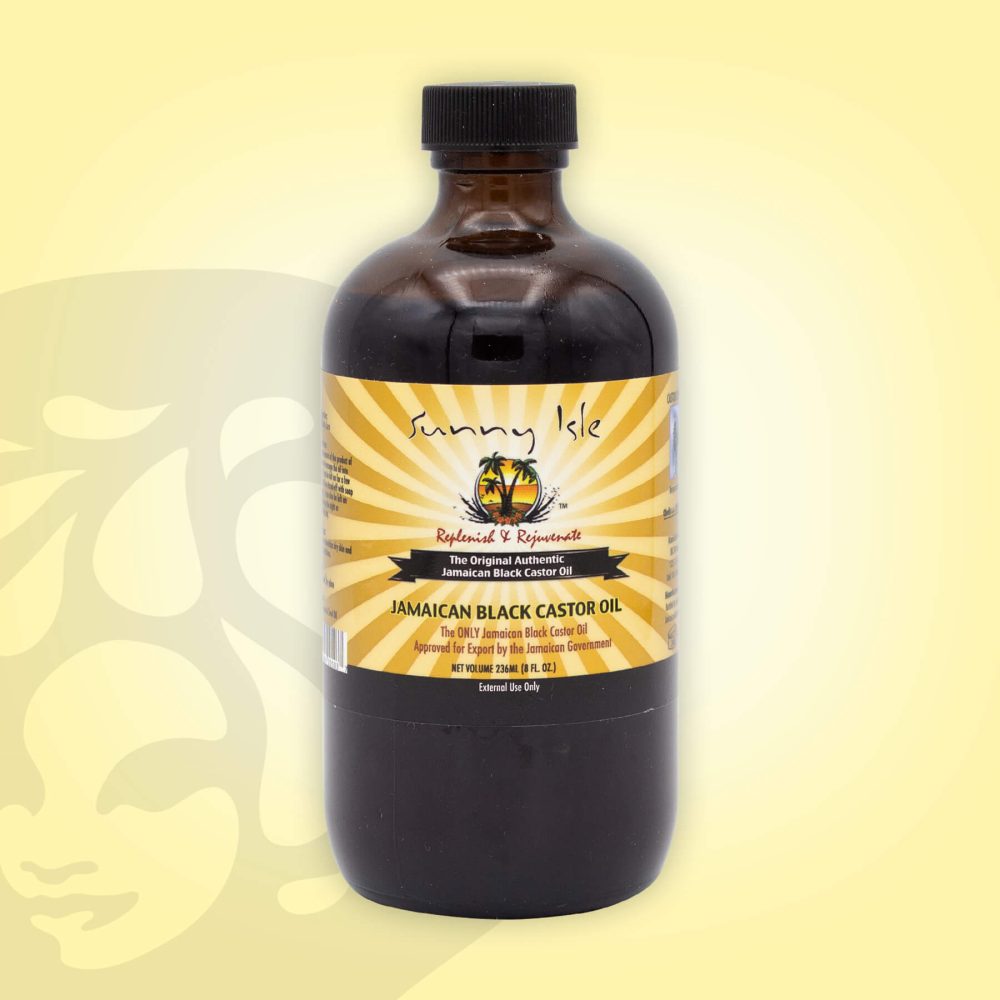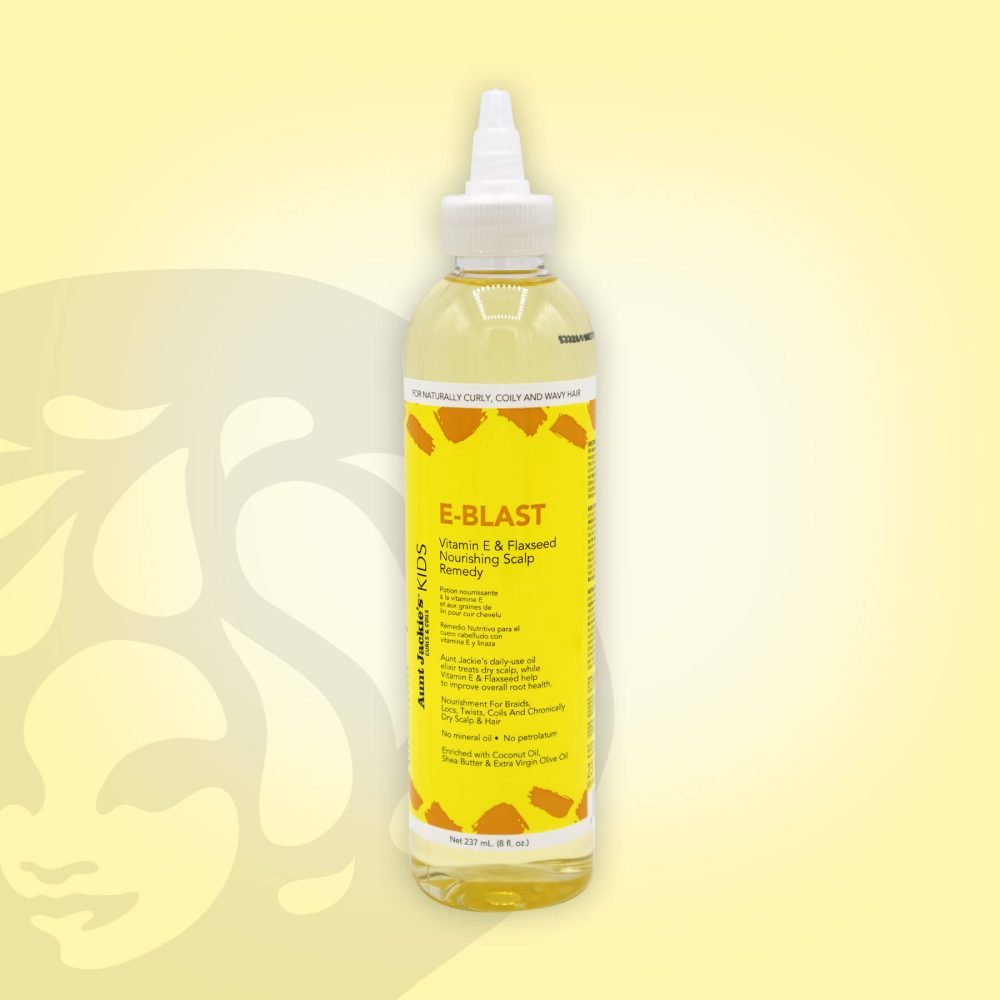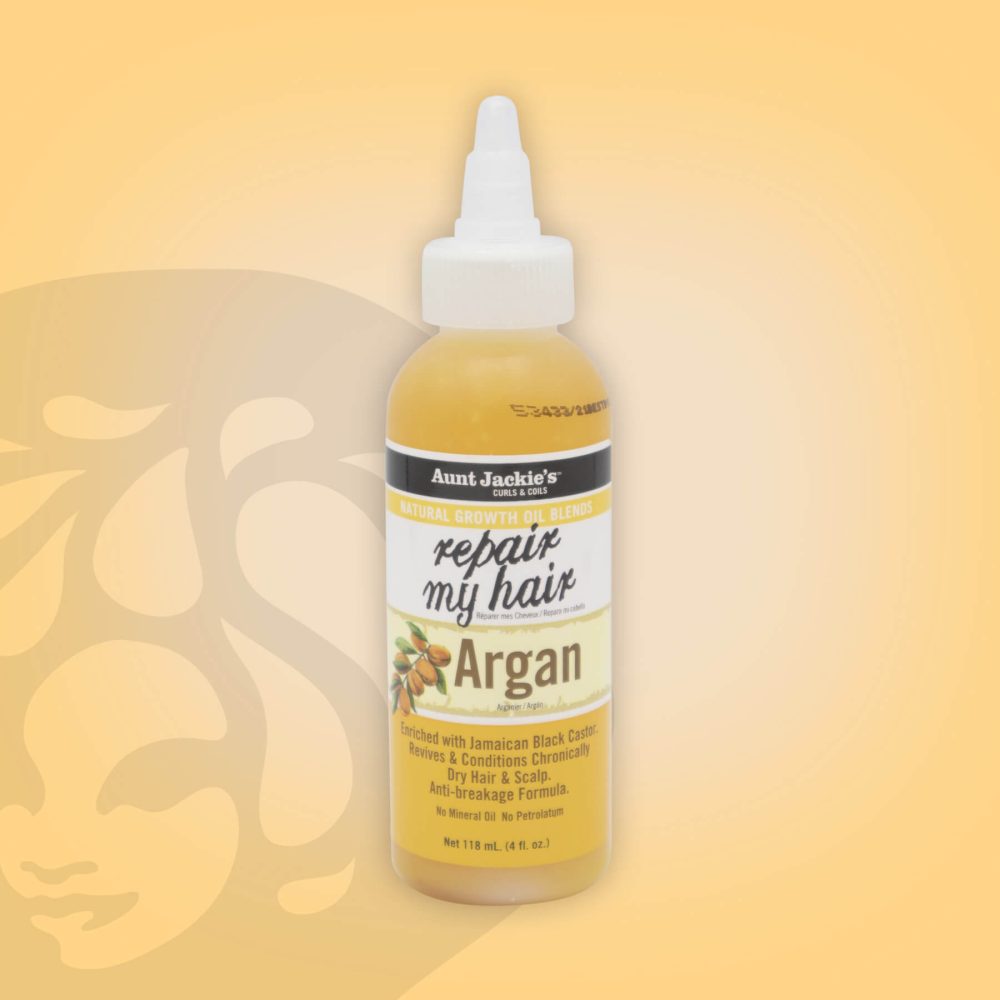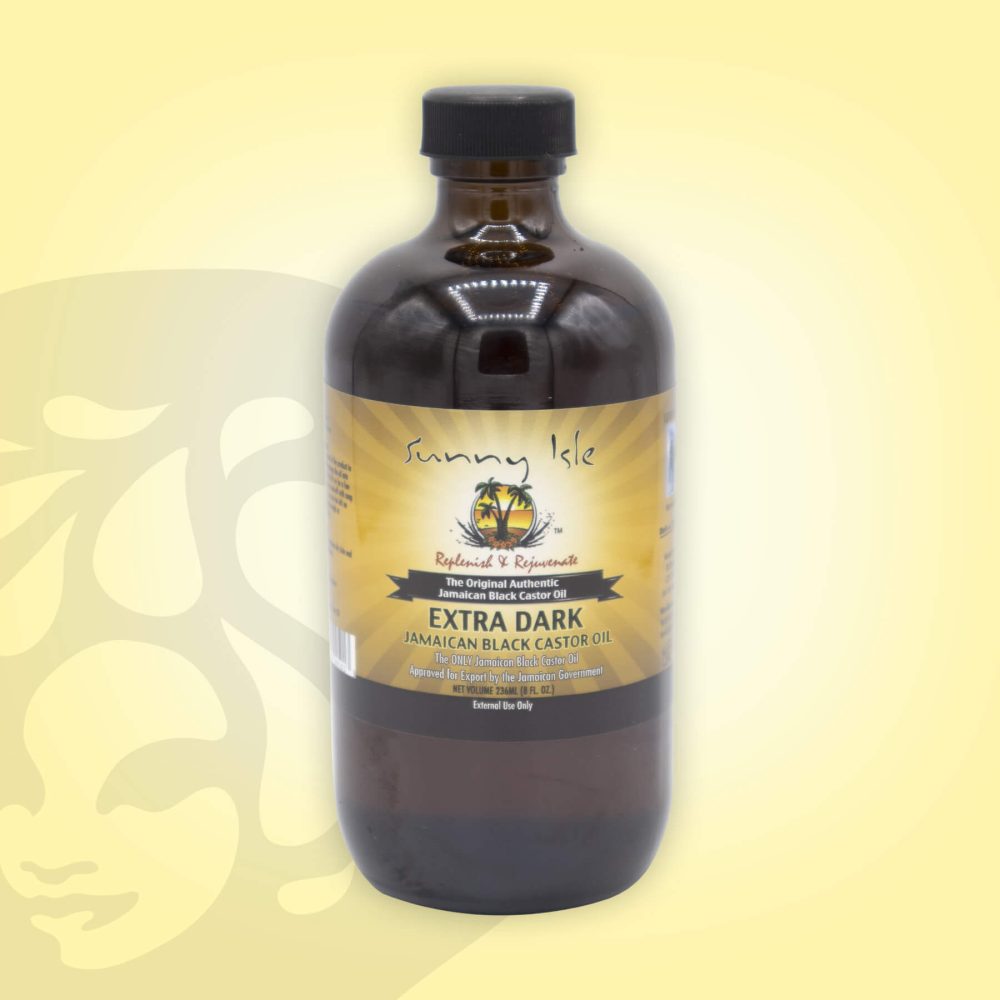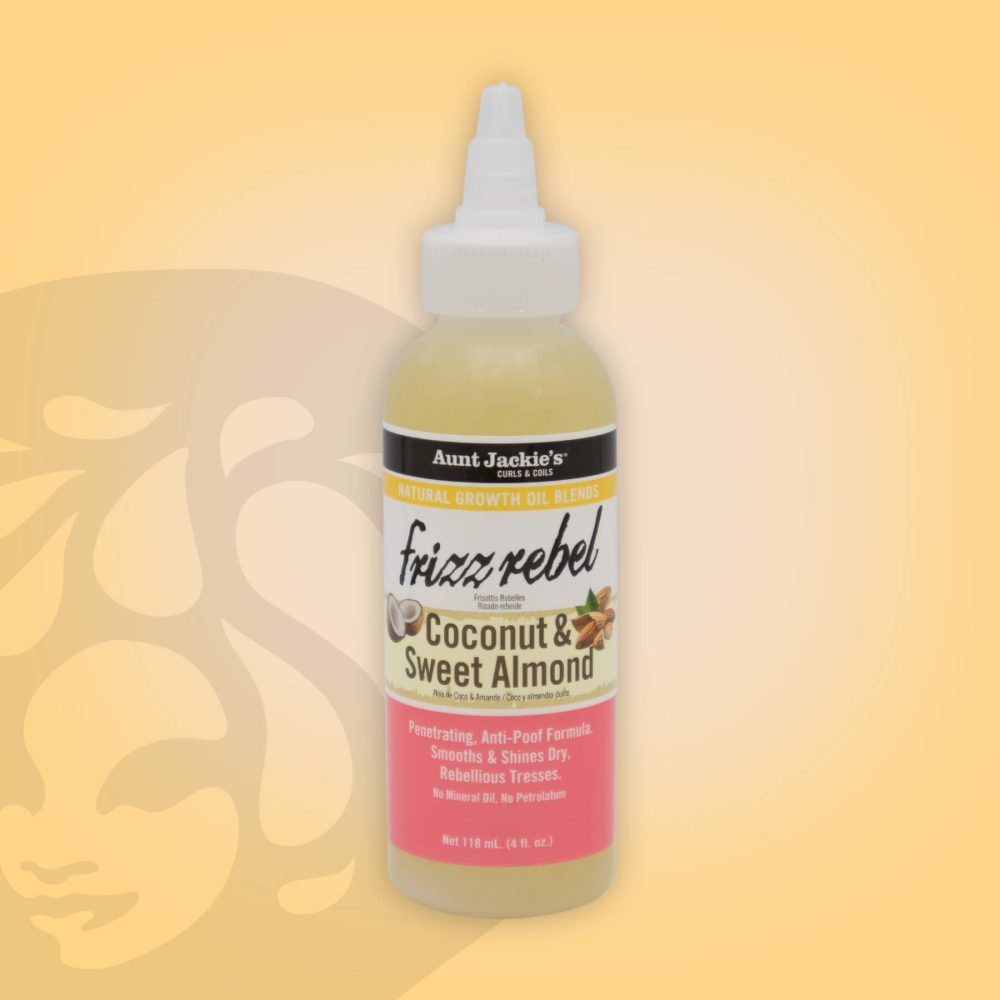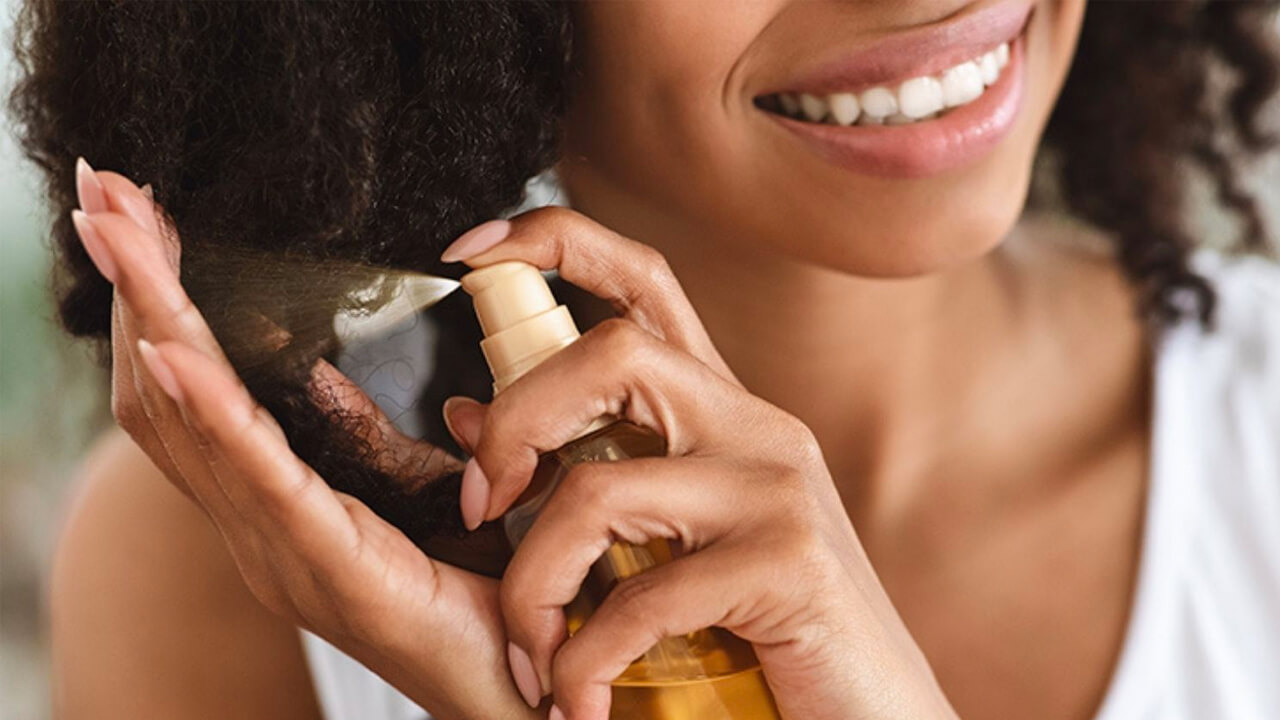If you’re someone who, it seems like no matter how hard you try, you can’t seem to gain the inches you want and it’s gotten to the point and place where you honestly believe that your hair doesn’t grow, while I don’t know your name specifically, I am writing this with you in mind.
The reality is, as long as you’re alive (and you don’t have some sort of condition that prevents your hair from growing), your hair is growing between ¼” and ½”, on average, each and every month.
So, why aren’t you seeing results of that? 8 times outta 10, I’m willing to bet that it has something to do with how you’re handling — or mishandling — the ends of your tresses (because if they keep “snapping off” or you have to keep cutting them, how can you ever see real progress?). And if that is indeed the case, I’ve got eight bona fide tips that can help you to get the results that you’ve been looking for. Ready?
Take deep conditioning to another level
Between your ends being the oldest part of your hair (which also means that it has endured the most heat, chemicals and manipulation for the longest period of time), another thing to remember is your ends are farther from your scalp.
Since curly textured hair already struggles with natural sebum from the scalp covering the entire length of every strand, this is why especially deep conditioning your ends is so important.
For me, this goes beyond letting a deep conditioner sit on my hair for longer than 10-15 minutes (at least an hour is ideal); I also add some Jamaican black castor oil and Chebe power to the conditioner and make sure that it completely saturates my ends.
The castor oil is good because it not only moisturizes hair, it strengthens and thickens it too (especially if you get the kind that’s extra dark because it is the least processed).
As far as Chebe powder goes, it’s absolutely amazing because of how soft it leaves curly textured hair. In fact, it has a great reputation for attributing to the super long length of 4-type hair.
You can watch a video on a naturalista who sings its praises here and Etsy is a site that sells it. Just go to it and put “Chebe powder” in the search field.
Seal up your ends
I used to be someone who didn’t pay sealing my ends any mind. And boy, did my ends pay for it dearly! If you’re not familiar, sealing is all about applying an oil to your ends, right after washing and conditioning your hair, while your ends are still damp.
The purpose of doing it is so that, with the help of the oil on top of the water, your ends can “lock the moisture” in for a longer period of time.
As far as which oils are best, Jamaican black castor oil is good because it is rich, thick and packed with nutrients.
Grapeseed oil is awesome thanks to all of the Vitamin D and antioxidants that it contains. Jojoba is another good one because it’s got vitamins B, C, E, copper (which slows down prematurely greying) and zinc (which contributes to hair tissue growth and repair). If you’d like some tips on how to properly seal your ends, there are some good videos here, here and here.
Our best selling hair oils for ends
Mielle Organics Rosemary Mint Scalp & Hair Strengthening Oil
£10.99This is the hair and scalp oil that’s SO GOOD you keep it hidden from your friends and family. It smells refreshing, strengthens hair, helps prevents breakage and has a great cooling sensation too. Oh, it’s loaded with incredible ingredients too. It’s an absolute gem and perfect for protective styling.
Sunny Isle Jamaican Black Castor Oil
£5.99The original and the best, and did we mention it does absolutely everything? From your hair, eyelashes, brows, beards and skin care in one bottle!
As I Am Dry & Itchy Scalp Care Olive & Tea Tree Oil Treatment
£10.99Lightweight, nourishing and it specifically combats dandruff and dry scalp too! It’s the triple threat. Tea tree oil is also a natural antibacterial too so it helps to keep your hair cleaner between wash days.
Aunt Jackie’s Kids E-Blast Vitamin E & Flaxseed Scalp Therapy Oil
£5.49Tailored for kids hair that’s natural, curly, or in an afro. Gives your little one’s scalp an all-natural, soothing treat every day. With a gentle, tear-free formula, you forget all about bath time tantrums. This oil moisturises the scalp, preventing itchiness and dryness, with results after just one use.
Jamaican Mango & Lime Original Black Castor Oil
£5.99It’s a best seller, it’s super-versatile and when it does everything so well it’s so easy to see why!
Aunt Jackie’s Repair My Hair Argan Natural Growth Oil
£5.99Most hair could use some support in the growth department – and Aunt Jackie’s Repair My Hair Argan Natural Growth Oil is the perfect tool for stimulating faster growth, shine, and softness. You can use this powerful oil-based elixir to keep your tresses healthy, strong, and irresistibly long. Gives you fab hair, fact!
Sunny Isle Extra Dark Jamaican Black Castor Oil
£5.99Approved exportsStraight from Jamaica, the ultimate hair sealant, is proven to encourage hair growth and it’s one of the most versatile oils in the world of textured and afro hair care (it’s also great for your skin too); seriously – what’s not to love!
Aunt Jackie’s Frizz Rebel Coconut & Sweet Almond Oil
£4.99Move aside, frizz – there’s a new boss in town! Aunt Jackie’s Frizz Rebel Coconut & Sweet Almond Oil combats frizz, dryness, and curl shrinkage for a happier, healthier, and bouncier head of curls. Ka-boom!
Be careful with the heat
OK, so here’s an unpopular opinion. I’m not someone who is anti-heat. In fact, on wash days, I blow mine out.
I’ve found that is best for me because straighter hair means less tangles and manipulation. I just make sure not to use heat any time between wash days (I’ll usually braid it up, wear a turban or sometimes do a braid out) and, when I do blow dry it, I apply a thermal heat protectant that has a cream base.
Cream is good because it’s thicker than sprays. Anyway, if you’re someone who adores your heat styling tools, the reason why it’s important to handle heat with care is because, applying heat can alter the hydrogen bonds of your hair which can make them drier; weaker too.
And here’s the thing — once your hair is heat damaged, there is nothing you can do about it…
And here’s the thing — once your hair is heat damaged, there is nothing you can do about it (kinda like once you have split ends which can come from applying too much heat, there’s not much that you can do about them either).
So, definitely apply heat sparingly, use a lower heat setting and when you do decide to blow your hair dry, it’s important that it’s 50-60 percent dry (at least) before you use your dryer; otherwise, your damp hair could “fry” if your dryer is too hot.
Clip your fairy knots.
Do you ever run your hands down the strands of your hair and feel little “bumps”? More than likely, they are fairy knots; they come as the result of the ends of your hair splitting and then tangling around themselves.
One way to prevent fairy knots from occurring is to keep your ends trimmed (on average, you should do this every 6-8 weeks).
However, in between trims, there is something known as “dusting” that can also help to keep fairy knots at bay. All dusting really is, is taking some sharp shears and clipping the strands of hair that have knots on them, right above the knots themselves. While it might sound intimidating, it’s really not a big deal if you don’t have very many knots to begin with. Anyway, as always, there’s a video to help you out. Two good ones for this topic are found here and here.
“Treat” your hair less
Relaxers. Texturizers (which are just “baby” relaxers). Hair dyes. All of these things are fun to play around with because they are able to alter the texture and change the natural colour of your hair yet they also end up weakening the cuticles of your tresses which can also result in breakage — especially when it comes to your ends.
So, if you must use any of these, make sure to ONLY retouch the roots and, as much as possible, get a professional to help you out (especially when it comes to dyeing your hair). Also, when it comes to hair coloring options, remember that there are things that you can do that are so much kinder to your hair like hair wax, henna treatments and semi-permanent dyes and rinses.
Keep your ends off of “stuff”.
One of the main reasons why protective styles are so popular when it comes to achieving length retention is because, not only do they give your natural hair a break from day-to-day styling, they also can “tuck” your ends in, so that they aren’t subjected to weather conditions or even the “roughness” of your clothing.
And yes, this is definitely something else to keep in mind when it comes to taking good care of your ends — the less that they rub against, the better off they will be in the long run.
So, even when you’re not in a protective style, consider a ponytail and wrapping your hair up with a silk or satin scarf or bonnet or a pineapple at night. The less your ends are irritated by the exposure of the elements and fabrics, the stronger they will be.
Get more fluids into your system
It doesn’t matter how much conditioner that you’re putting onto your hair, if you’re dehydrated on the inside (and believe it or not, 75 percent of Americans are on the chronically dehydrated list), your hair can still end up being dry and brittle — from root to tip.
So, if you want to produce enough sebum on your scalp, reduce the chances of getting split ends while preventing frizz, scalp itching and irritation, definitely get no less than 6-8 glasses of water into your system.
Oh, and if you hate drinking water (because it really does taste like “wet air”, if you ask me), consider drinking half water/half juice, mixing mineral or seltzer water with some lemon or lime slices or consuming infused water (which is water that has fresh fruit, veggies and/or herbs in it). Taste of Home is a site that features over 20 recipes. You can check them all out here.
Handle ‘em with your hands as much as possible
Something that I used to have a really bad habit of doing was using “rough” hair styling tools — small combs, brushes with super hard bristles, hair accessories with gripping “teeth”.
And boy, did I have to learn the hard way that they were wreaking pure havoc on my hair, especially my ends.
Wide tooth combs, detangling brushes and barrettes and clips that have “rounded” grips have all improved matters drastically. Still, what has really helped to protect my ends is choosing to style my hair, as much as possible, with my fingers.
That way, I can control how much pressure I use, I can feel around for knots, and I don’t end up pulling and tugging on my ends as much. While it might take a bit more time to take this approach, it’s worth it in the long run. Try it and I think that you — and your ends — will definitely agree!

